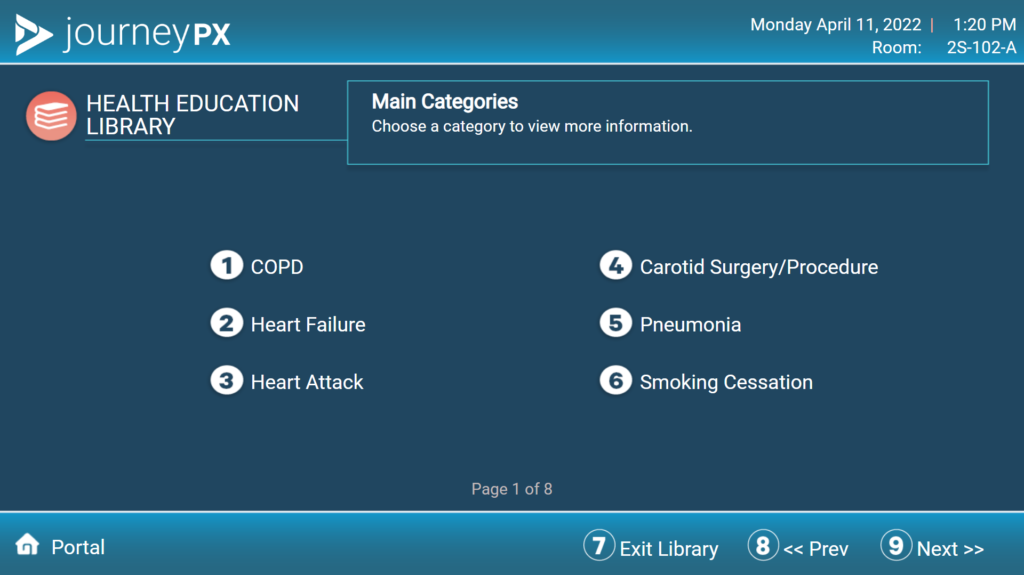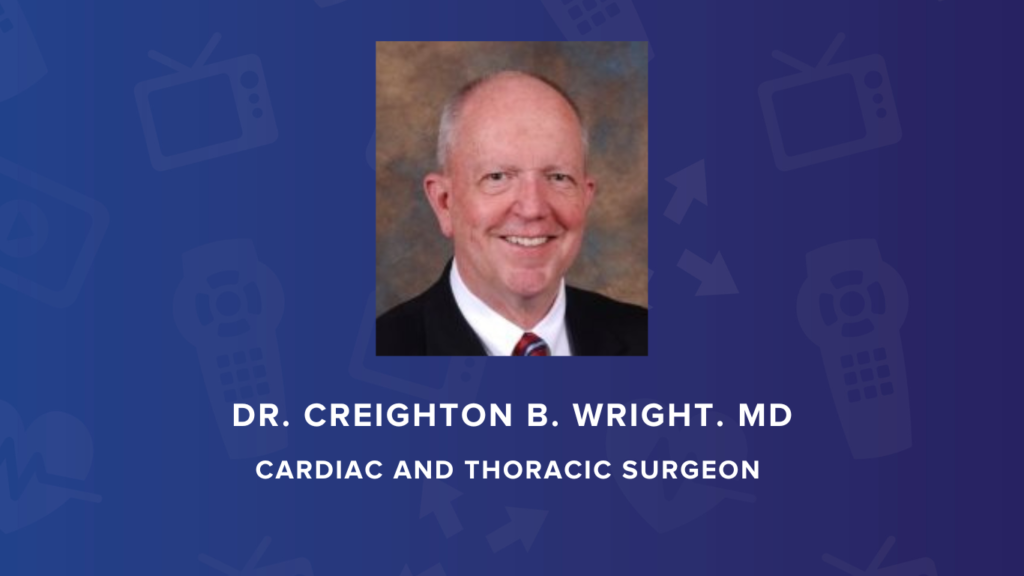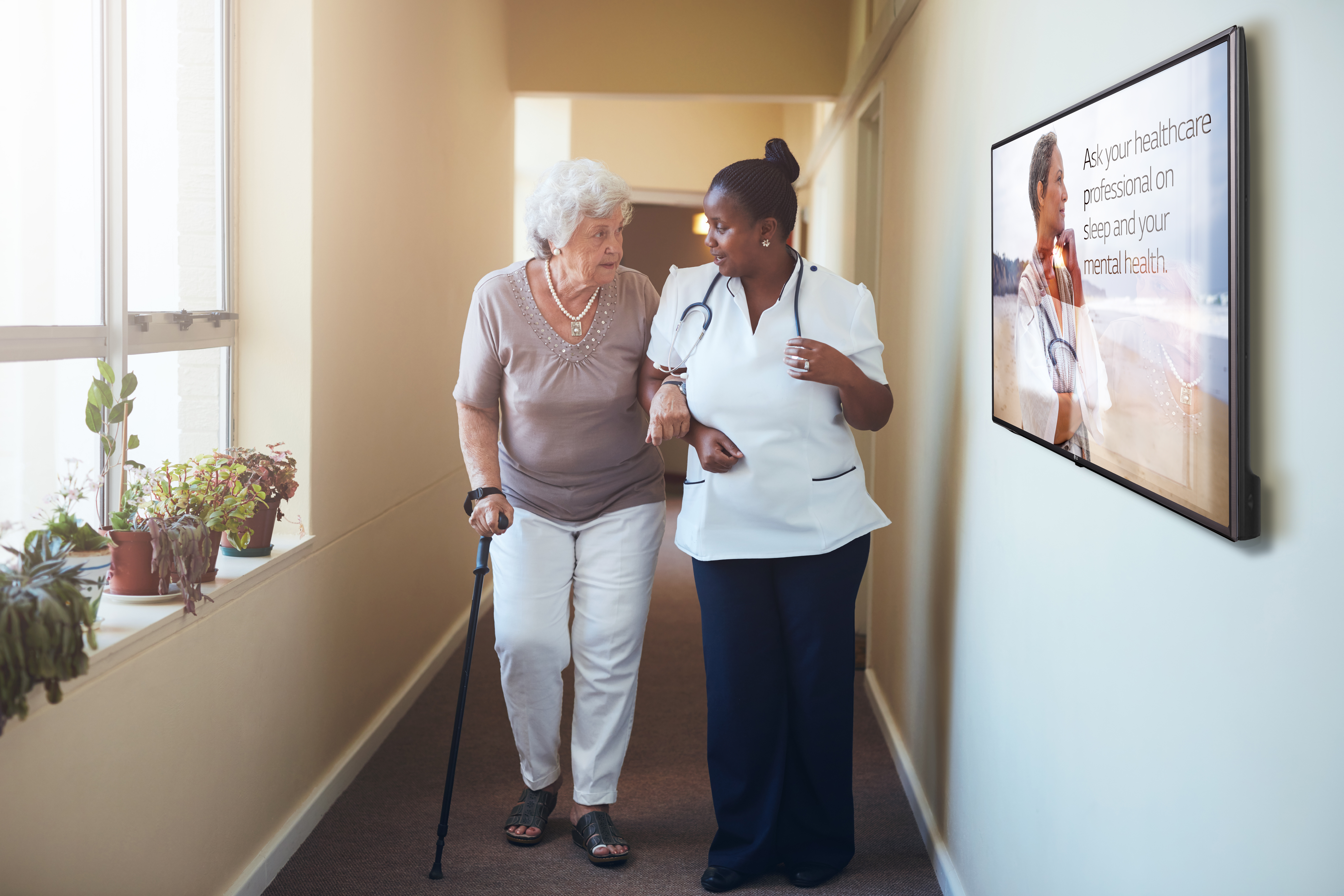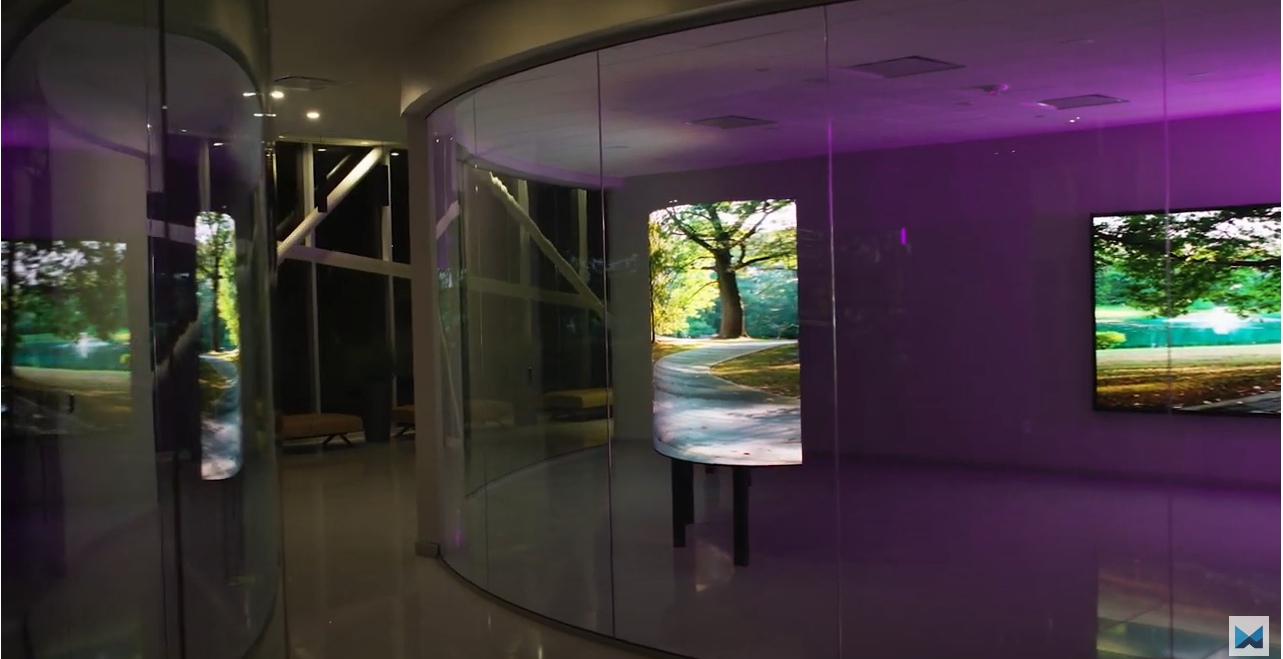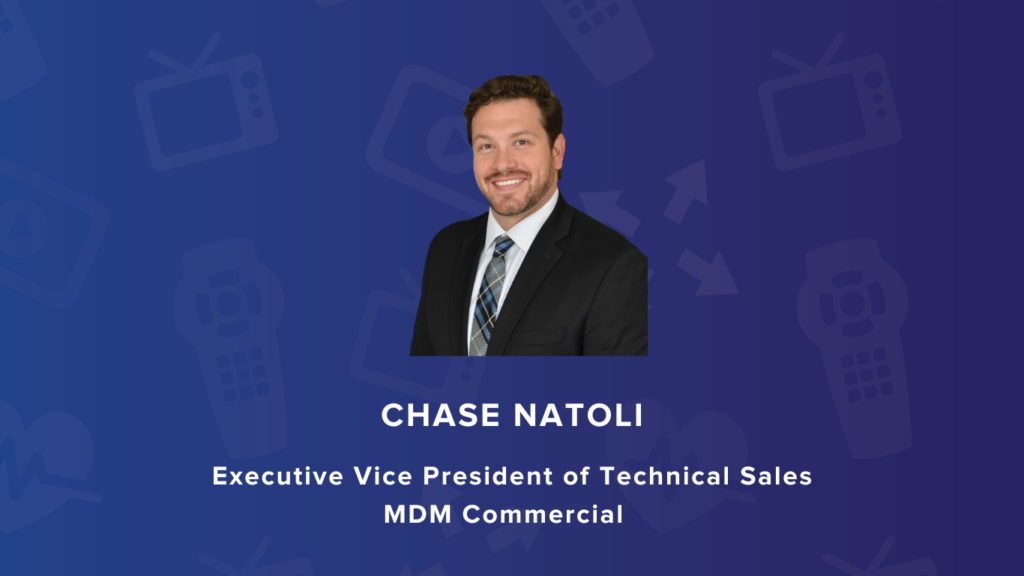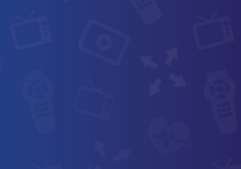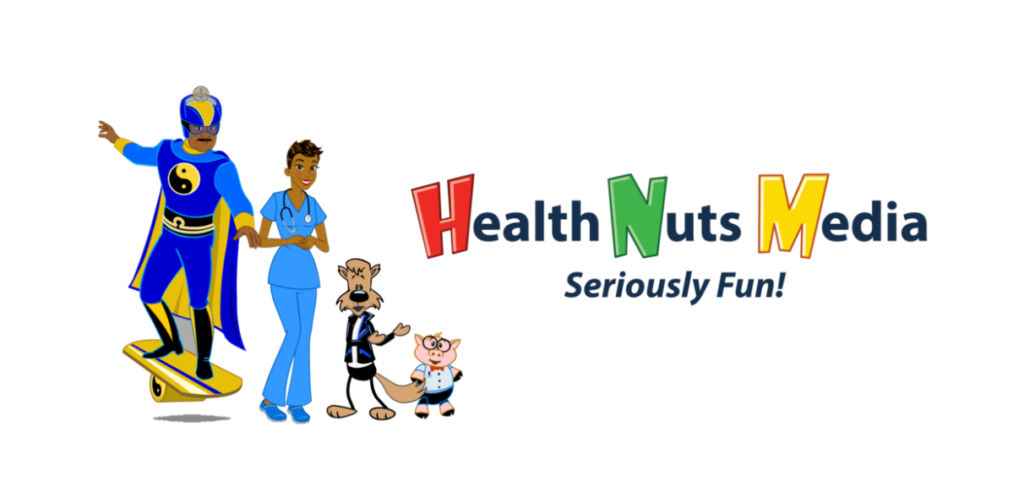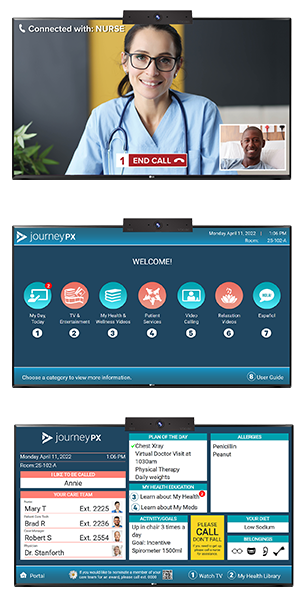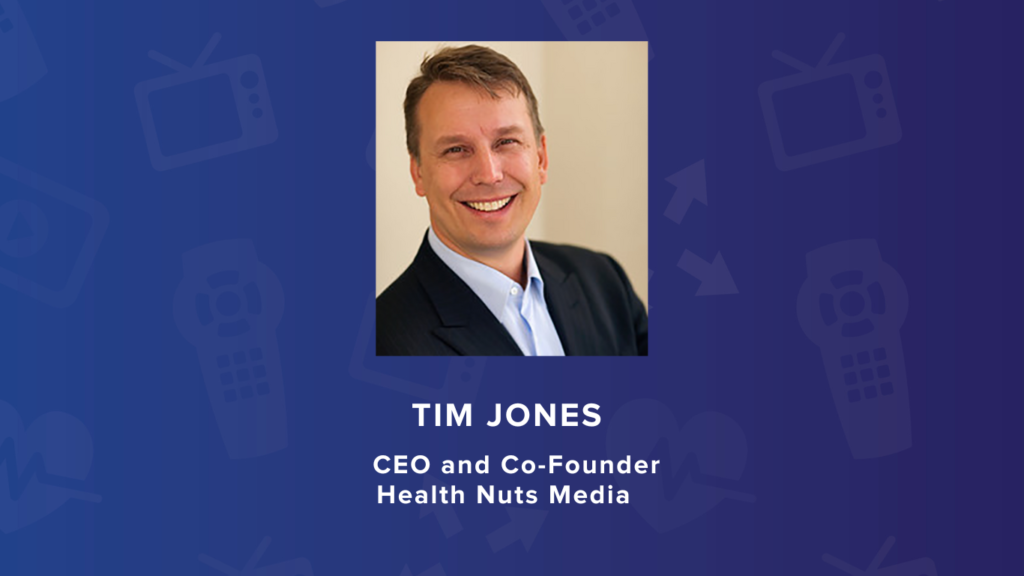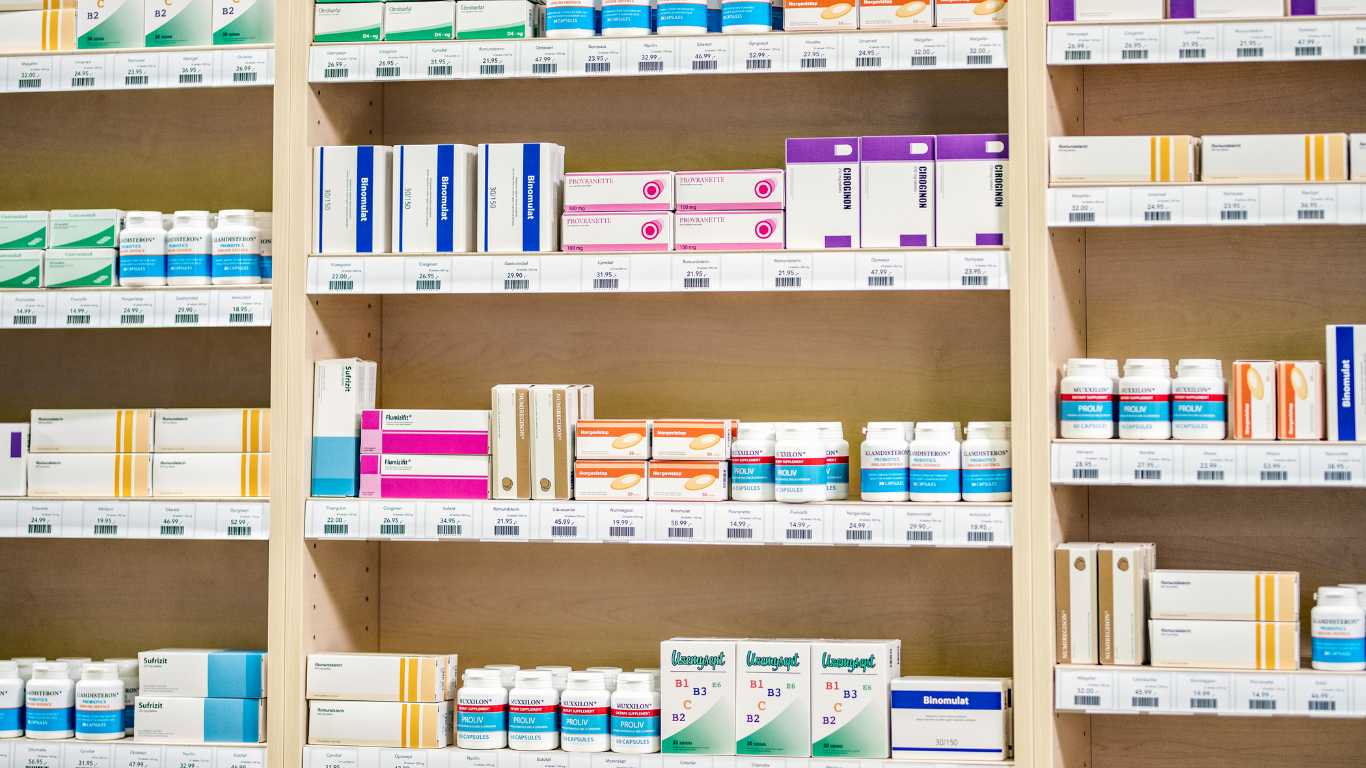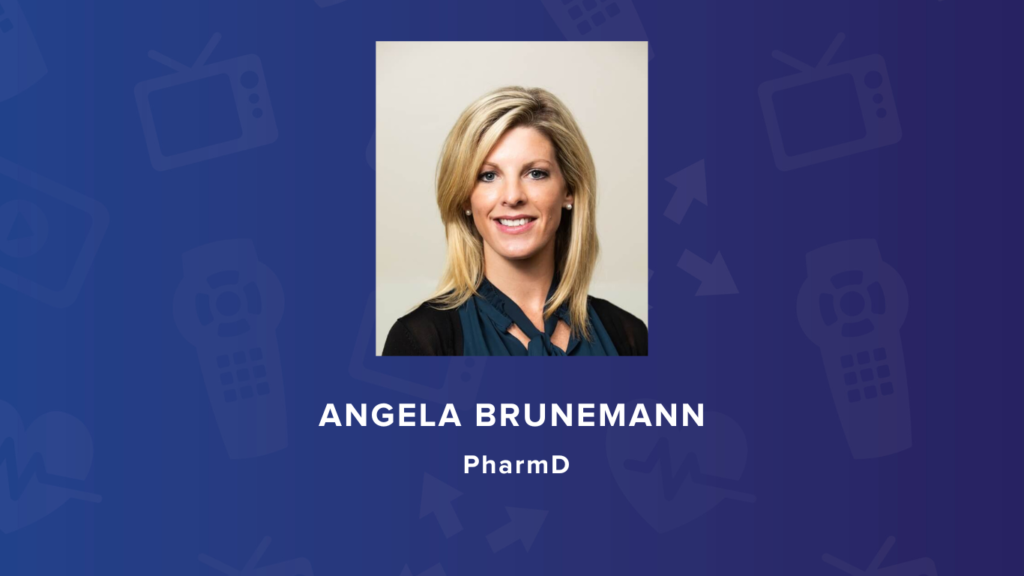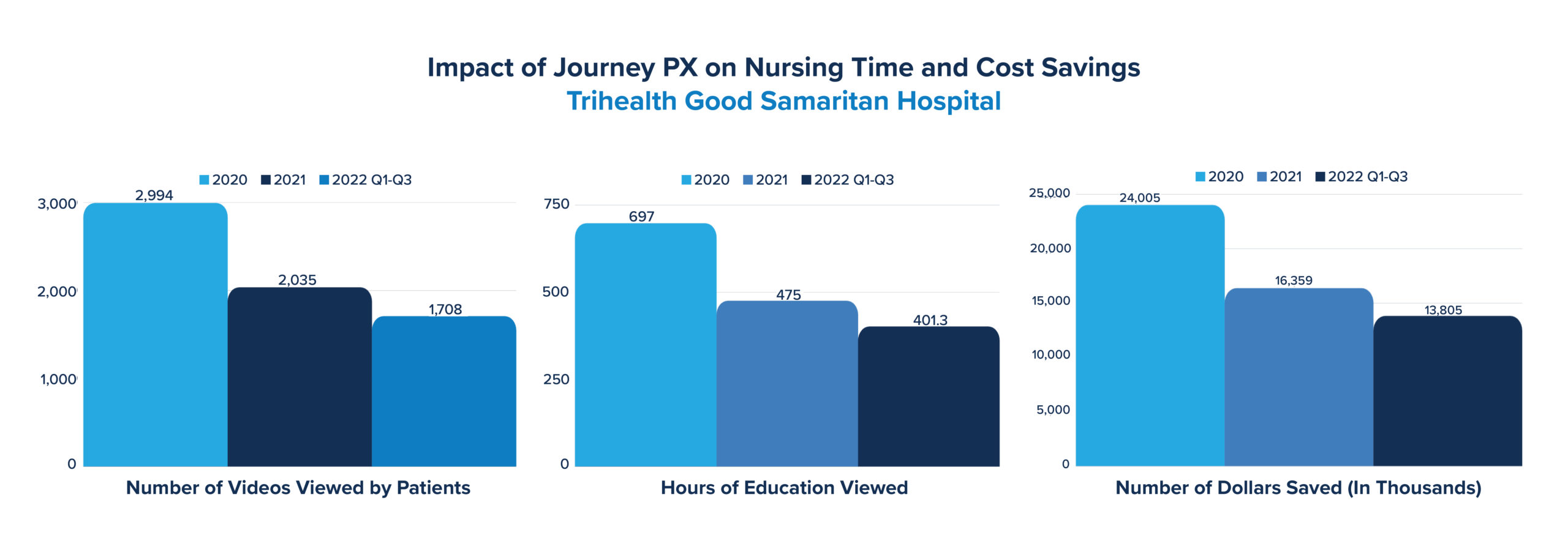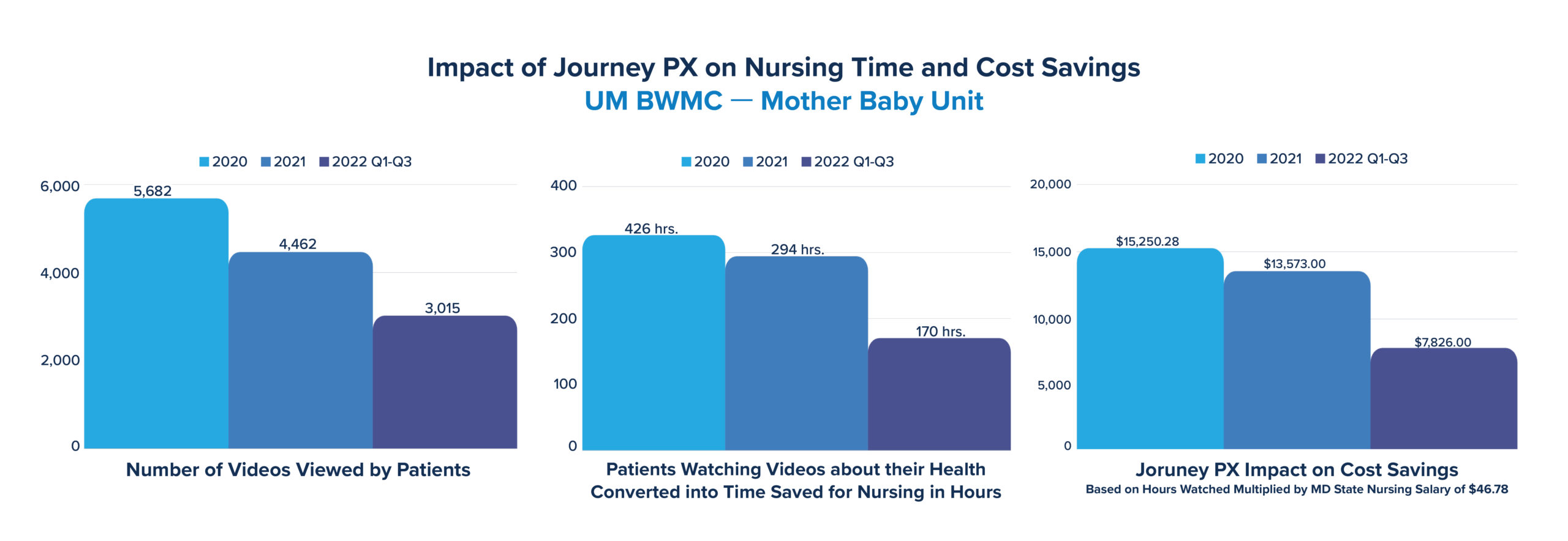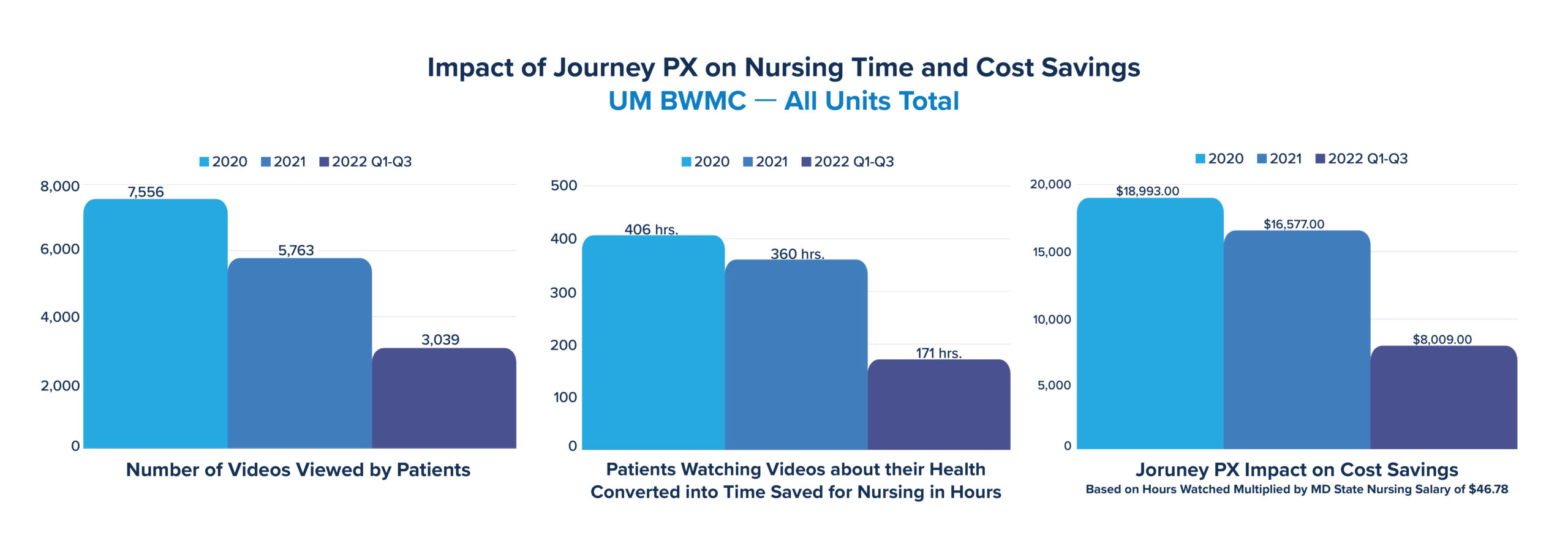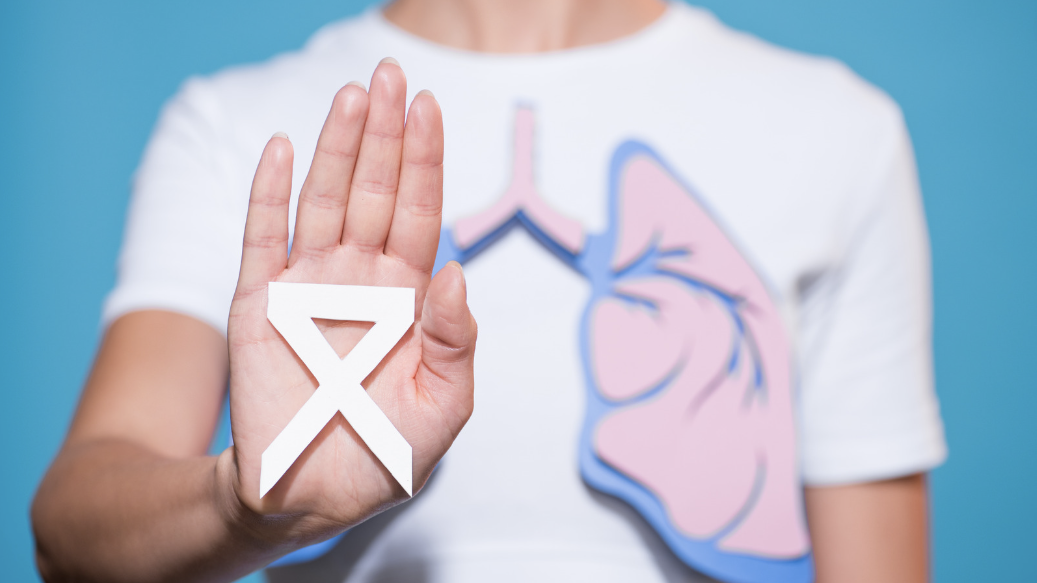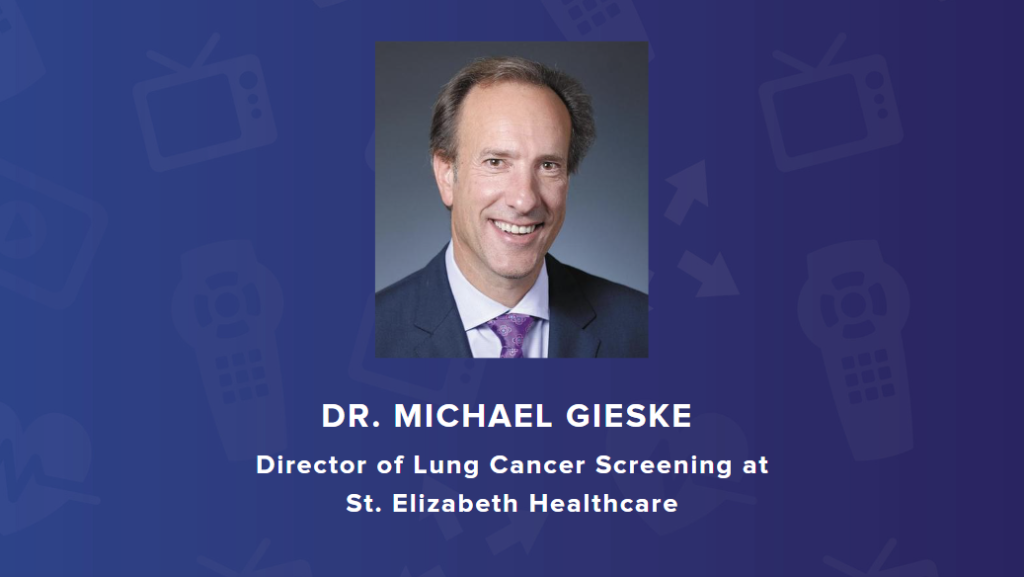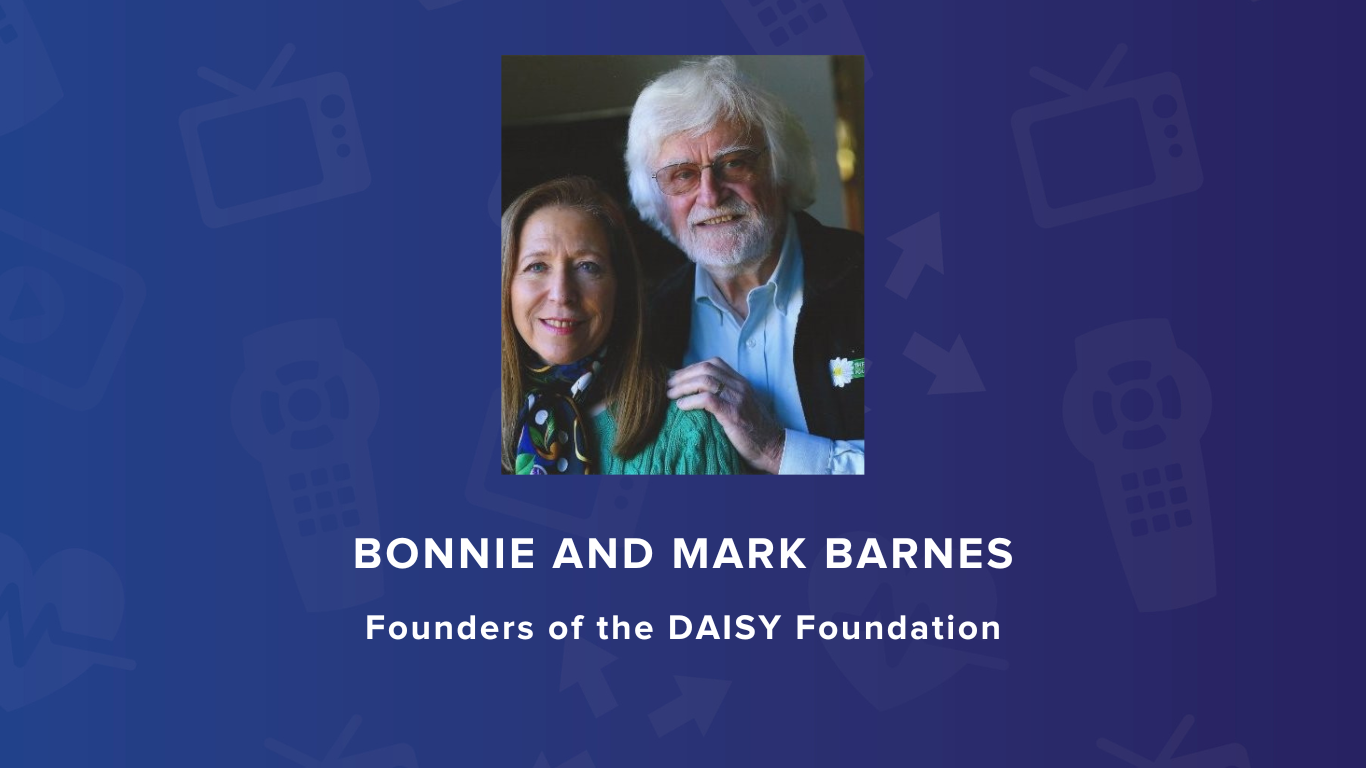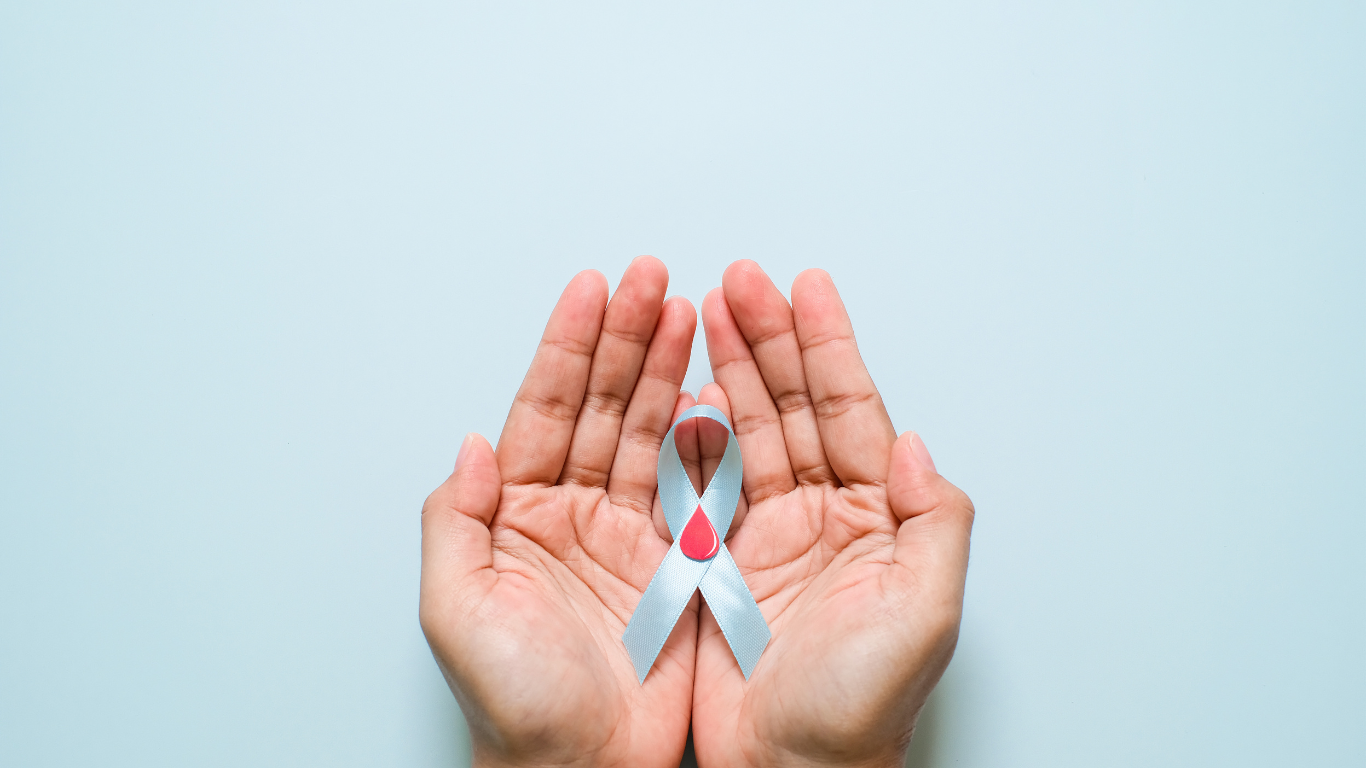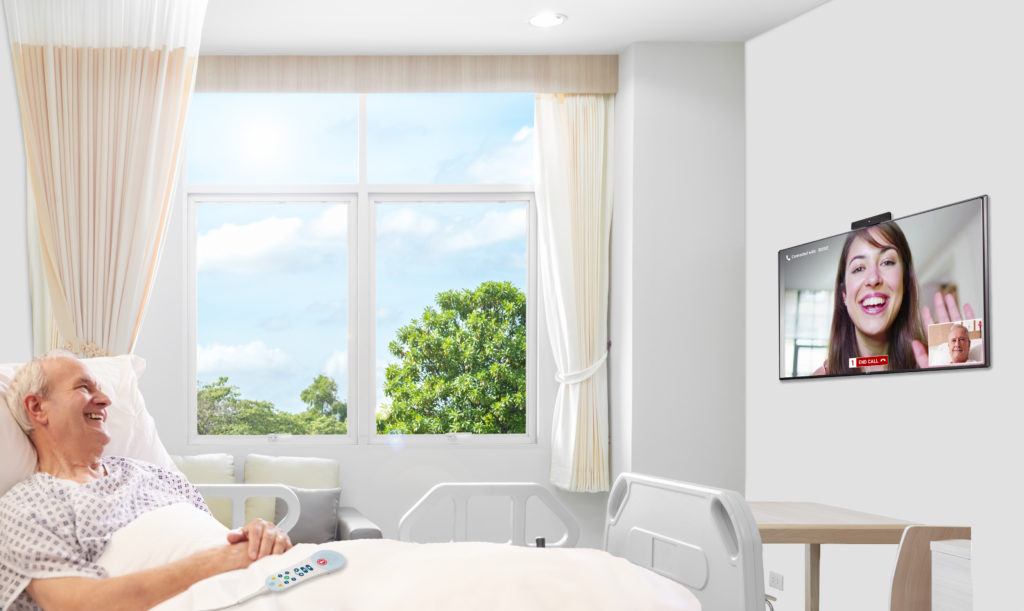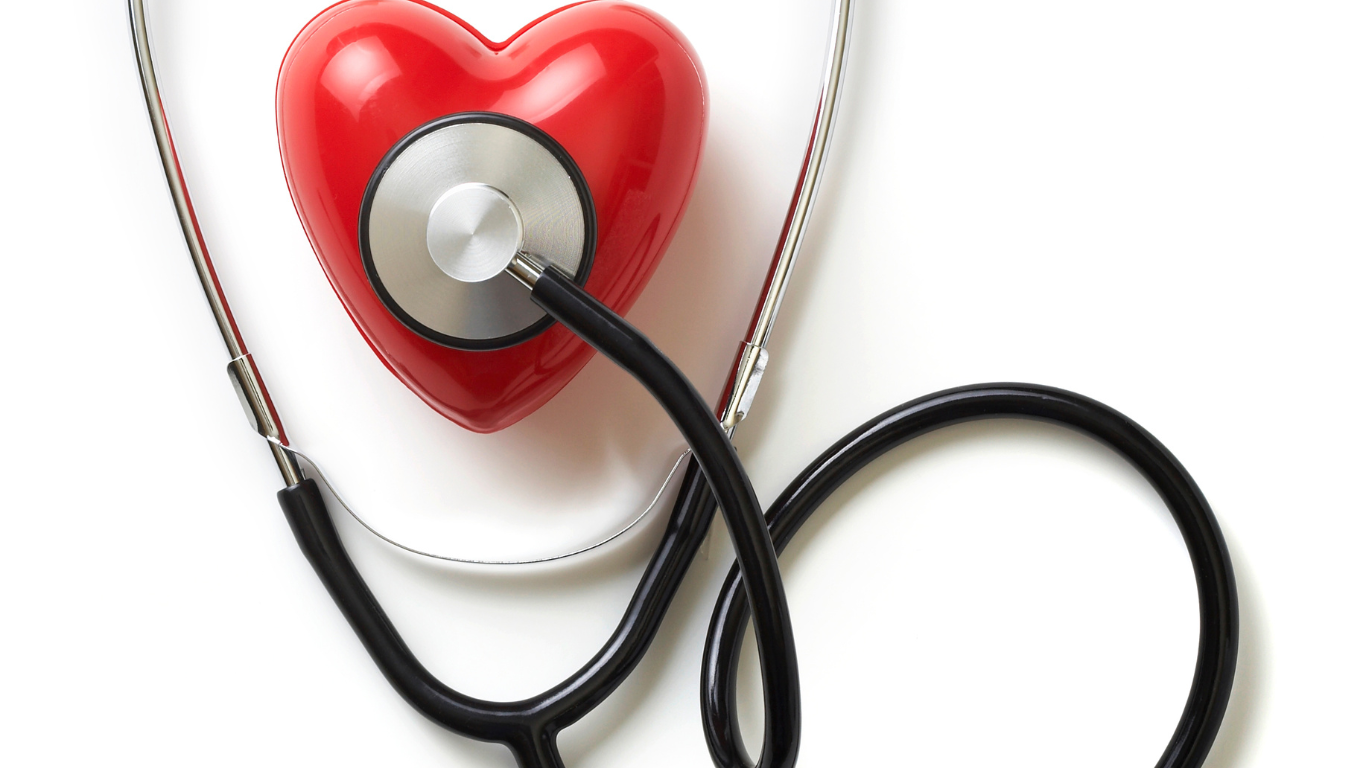
Written with contributing author Linda Robinson, MSN, CPXP, RN, Vice President of Clinical Excellence, MDM Healthcare
February is National Heart Health Month. According to the Centers for Disease Control and Prevention (CDC), heart disease is the leading cause of death in the United States, and strokes are number 5. The CDC also states that approximately one person dies every 34 seconds in the United States from cardiovascular disease.
MDM Healthcare Vice President of Clinical Excellence Linda Robinson, MSN, CPXP, RN, recently sat down and discussed heart health with Dr. Creighton B. Wright, an acclaimed cardiac and thoracic surgeon. Dr. Wright, who retired from clinical practice last May, has earned an extensive list of prestigious awards and medals for military service throughout his career. These include being honored by The American Heart Association with several awards: The Kaplan Visionary Physician Award, The Award of Excellence, the Distinguished Achievement Award, and most recently with the inaugural Creighton B. Wright Leadership Impact Award, which he accepted at the Greater Cincinnati Heart Ball on February 3rd.
Dr. Wright used the metaphor of a house to explain the way the heart functions. “Basically, when we talk about the heart, we talk about our rooms, our doors, our electricity, and our plumbing. We have the atria and the ventricles, which are the rooms, we have the electrical system, which relates to pacemakers, and other electrical aspects, the ablations and the treatment for atrial fibrillation and the arrhythmia, like we saw with the cardiac arrest recently that took place on the Bengals field, and then the plumbing, which for many people are the coronary bypasses. So we have the inflow through the coronary arteries and the outflow through the veins. The disease processes are blockages in the arteries, from hypercholesterolemia, diabetes, and other elements that cause obstruction of the blood vessels, and Angina pectoris, or coronary events which cause myocardial infarction, the heart attack that most people are so frightened of,” he said.
He further explained how the treatment has continued to evolve over the years. He explained that when he was first trained as a cardiovascular surgeon, in 1971 coronary bypass surgery was just beginning to become a common procedure. He also explained how technology used for treatment has evolved over time, noting that the modern-day pacemaker was optimized using technology from NASA scientists. “During my career, we have developed better procedures to open those blood vessels, or in the circumstances where it is a long segment, we bypass it. So much of the coronary bypass work has evolved to arterial grafts. So, the internal thoracic artery or the radial artery as well as saphenous, veins from the legs are used as the detours the bypasses around a given blockage like you would have on a street you take, take a detour, take an alternate pathway around that blockage,” he said.
Dr. Wright shared some insights into heart disease prevention noting that in addition to monitoring cholesterol, lifestyle factors such as obesity, exercise, stress levels, and smoking all play a part in heart health. He also mentioned genetics as another primary indicator for a heart disease diagnosis. “You can’t pick your grandparents; the gene pool is the gene pool. You can, however, modify your behavior, and certainly obesity and smoking are two major health impacts I have had to deal with as a physician,” he said. A healthy diet, regular exercise, and giving up unhealthy behaviors are some ways patients can combat heart disease.
Dr. Wright noted the importance of patients receiving health education from the right sources, so that information is as up-to-date and accurate as possible. “That's why we work with the American Heart Association, we try to do evidence-based education. There are lots of scientific programs locally and nationally where much of the current science is presented on an annual basis. People are working from the cellular level to the total human level to try to enhance heart knowledge and heart care,” he said.
The importance of accurate health information from the right sources is a concept that is also embraced by Journey PX. Journey PX’s patient engagement solutions drive communication and crucial health education, even when clinicians are not in the room. The extensive library of patient education videos offered through the My Stay solution keeps heart and stroke patients informed and educated about their care throughout their hospital stay. The education library can be embedded in the EMR and can be automated or manually deployed based on stroke and or heart health risk factors, treatments, or diagnoses. Once the education is completed, it can auto-document the completion and comprehension back into the EMR. In addition, Journey PX’s Connect solution allows for secure virtual rounding and provider visits. The combination of these features saves clinicians valuable time and steps and provides patients with a richer patient experience. My Stay also allows vital health education to be delivered via email and text upon discharge for both patients and their caregivers.
Dr. Wright “We need to make sure that we are communicating on a level that is understandable to the patient, whether it is language, culture, or education level. We have medical languages, which are different. So, we can use terms such as osteodystrophy and myocardial infarction, but the key is to be sure that we are explaining these medical concepts in terms that everybody can understand and to make sure patients can comprehend this knowledge,” he said.
This is another concept Wright mentioned that is echoed by the team at Journey PX, which is designed to make sure that anything that goes on the Digital Whiteboard, My Day Today, is in a language patients can understand. “We never want patients to become frustrated or afraid to ask questions in the hospital,” said Robinson. She continued to explain that this philosophy extends to the videos Journey PX houses in the health education library, My Stay. Patients are best served by technology that is intuitive and easy to use. If patients can use a TV remote, they can use the cloud-based patient engagement solution Journey PX. It integrates with the hospital’s electronic medical records (EMR), so it displays accurate real-time information. Displaying information in this way is something that drives positive outcomes.
Finally, Dr. Wright, who served as an Army Colonel in both the Vietnam and Gulf wars, mentioned that the US Military has had a problem recruiting medical personnel and doctors, and encouraged students to consider turning to the US military service as it had significant benefits including scholarships. “We need patriots," said Dr. Wright.
You can hear more from Dr. Wright about heart health by listening to the PX Space podcast interview. To view more information on heart disease and stroke, and to support the cause, head to the American Heart Association website.

